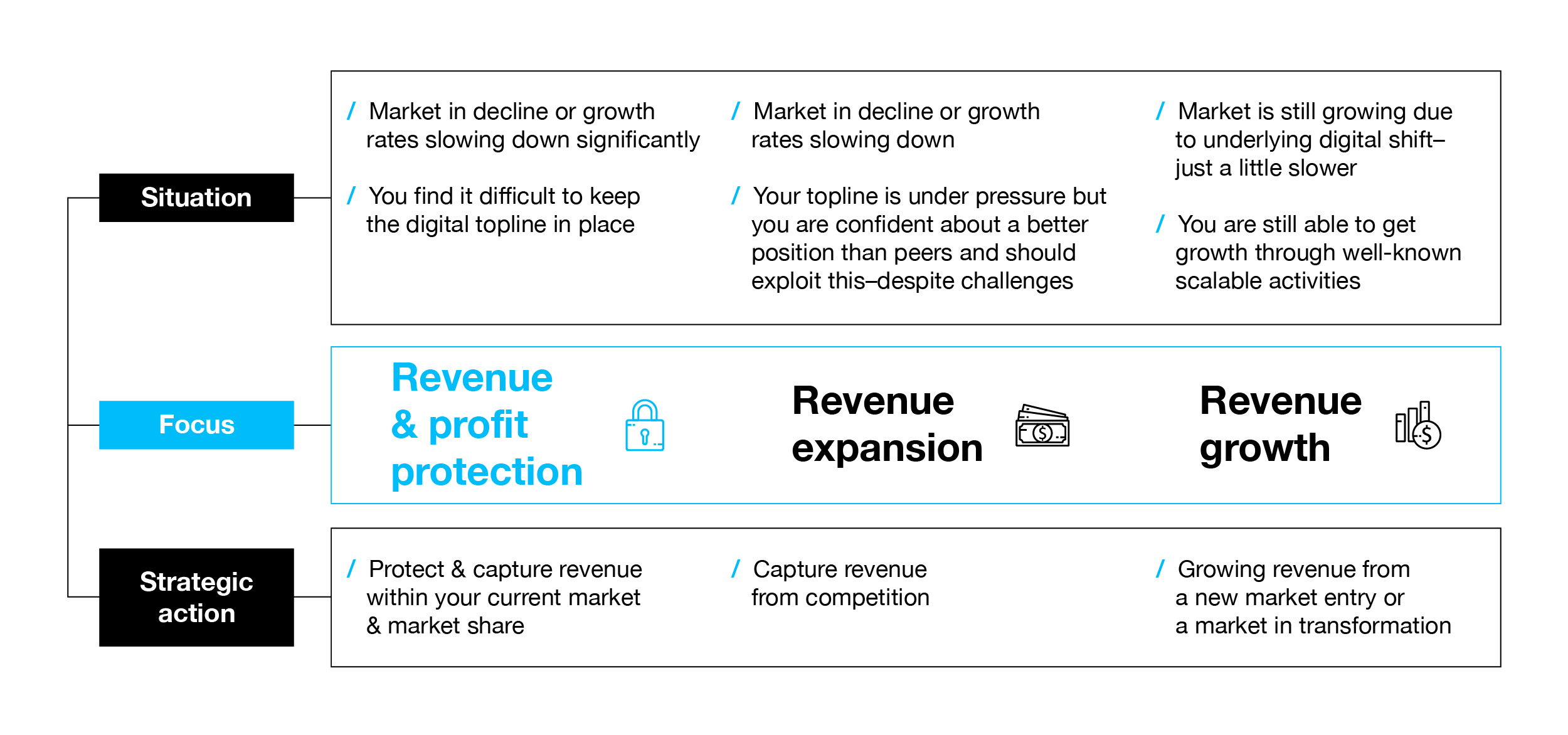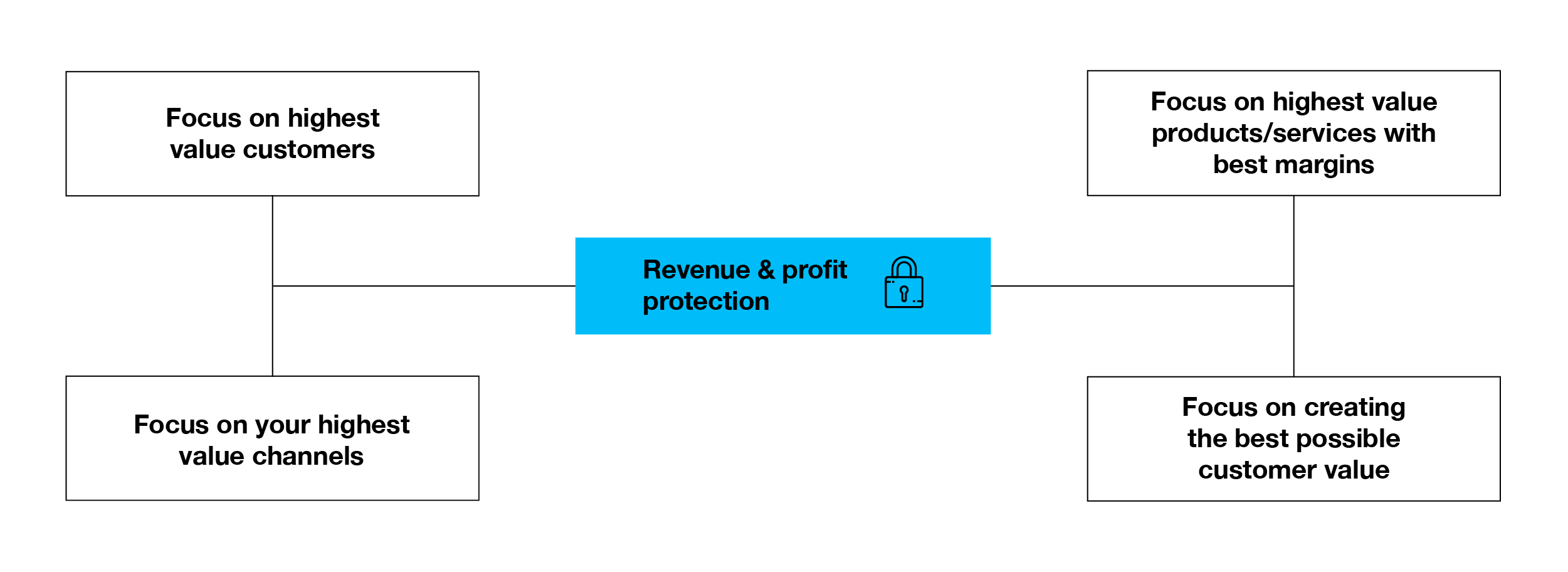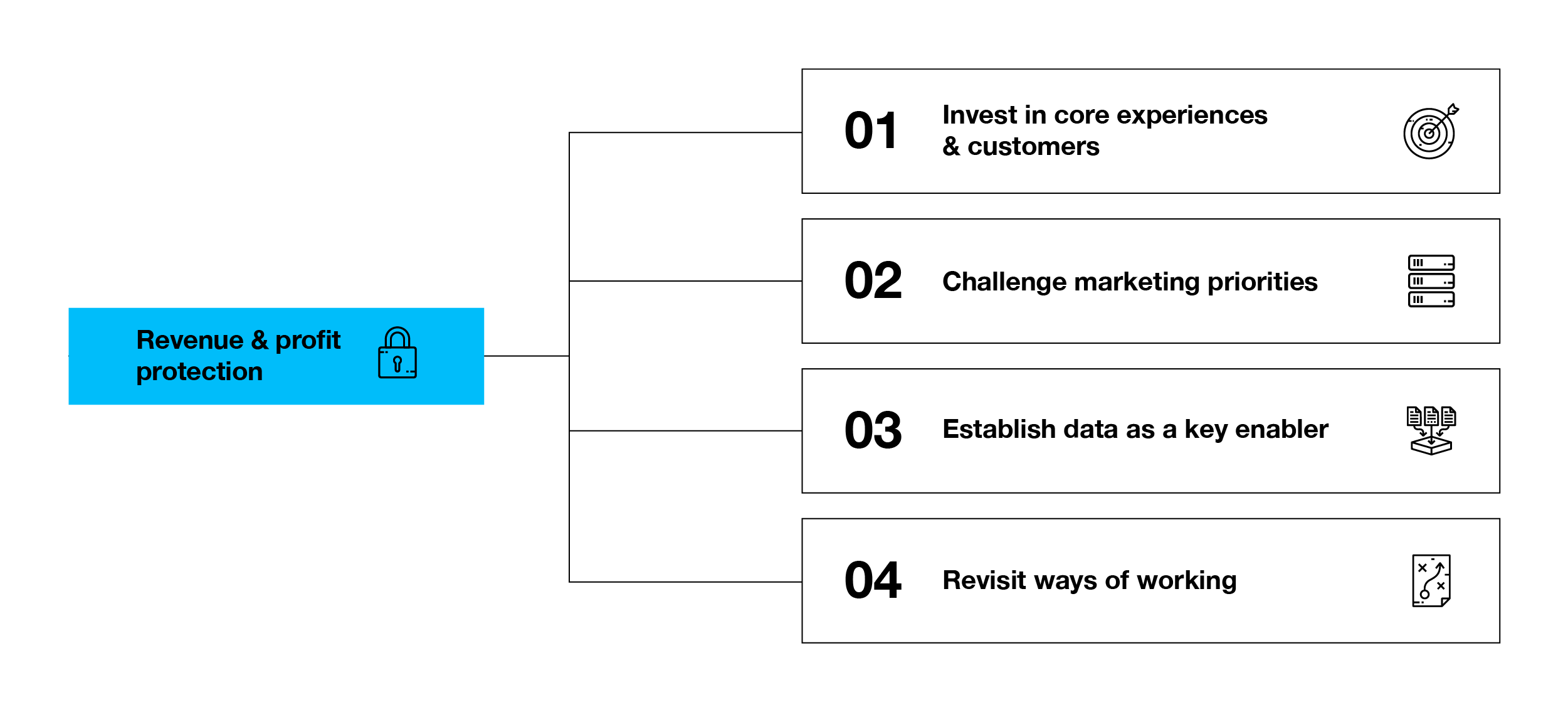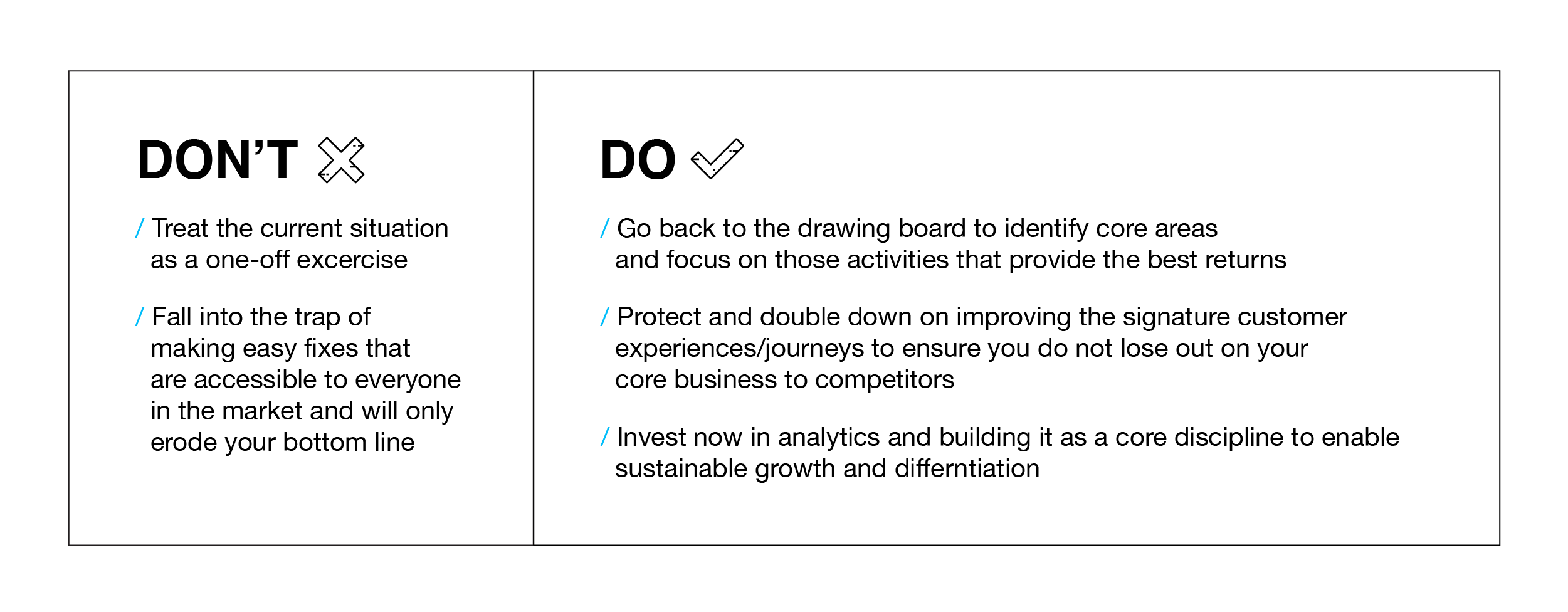Common for most digital business leaders is that current market conditions are different to those we all operated in some months ago. While many online and omnichannel players benefitted from lockdown, they are now experiencing the lowest growth rates seen for many years.
This change has happened fast, and most digital organizations have, to some extent, been caught by surprise. No one really expected that growth would disappear like this despite the fact that the growth also kicked in very fast when COVID hit (see our previous article on this topic here). However, times are different now whether we like it or not.
What happens when demand slows down is that the game also changes. Most digital leaders initially turn attention to classic moves. That could be increasing spend a little to compensate for the totality of lost customers, increasing frequency of campaign newsletters etc. However, essentially these types of activities are very short sighted, non-differentiated, costly/less profitable, and only compensate marginally to reaching your budgets. As an example, online search volumes are down as much as 30% in some industries and advertising prices up 30%. In essence, efforts like increasing spending are therefore very unlikely to provide real business value. Strategies like these might seem to work in the short term but might alienate customers long term.
The challenge for you as a digital leader
The point is not to stop you from being aggressive, and spending more could be a good business case in some situations. However, what is crucial is that you asses your own situation before acting.
The important questions to address in the current situation are:
- What moment of reflection does this call for in your position as a board member, C-level and/or digital leader?
- What is the right prioritization of focus in your market?
- Have some underlying assumptions behind your digital business case and investments changed?
- To what extent should you react in such a situation?
To help leaders navigate the current uncertainty, we would like to share strategies and areas of focus to protect your revenue, profit and growth during conditions of crisis and uncertainty.
In the current situation we generally recommend you:
- Stay focused on underlying business drivers, i.e. do not change strategy and be nervous just because you are experiencing headwinds
- Revisit priorities making sure to
- Address the areas that can actually unlock value in your current market condition
- Focus your own capabilities and internal activities to make sure impact is sustainable for you to benefit both short- and long-term (and more difficult for competition to just copy or overspend your moves)
In other words—now is the time to look more critically than ever at your own internal prioritizations and ability to execute on in your digital business.
Where should you focus your efforts to unlock value?
The first step is to do a proper analysis of your current situation. Your situation can be very different depending on the market you operate in. Some companies experience the lowest growth rates seen in many years, other sectors are in the midst of returning to normal, like travel and hospitality, and some sectors are actually still expanding due to an underlying digital transformation in their market not being as heavily affected by the current conditions. And some companies might even have different products or divisions operating in a situation that will require very different actions and not a one size fits all approach.
We recommend you approach this analysis by taking an honest look at your own situation and assess whether the issue at hand is affecting only you or the broader market (due to external influences that you can’t change). Depending on your answers, you can detect and find out to which extent you should be focused on revenue and profit protection, revenue expansion or revenue growth.





 In essence, addressing these four areas requires you to enter a “next level” of optimization focus. However, as simple as this is, this doesn’t really help you in terms of focus and execution.
In essence, addressing these four areas requires you to enter a “next level” of optimization focus. However, as simple as this is, this doesn’t really help you in terms of focus and execution.




